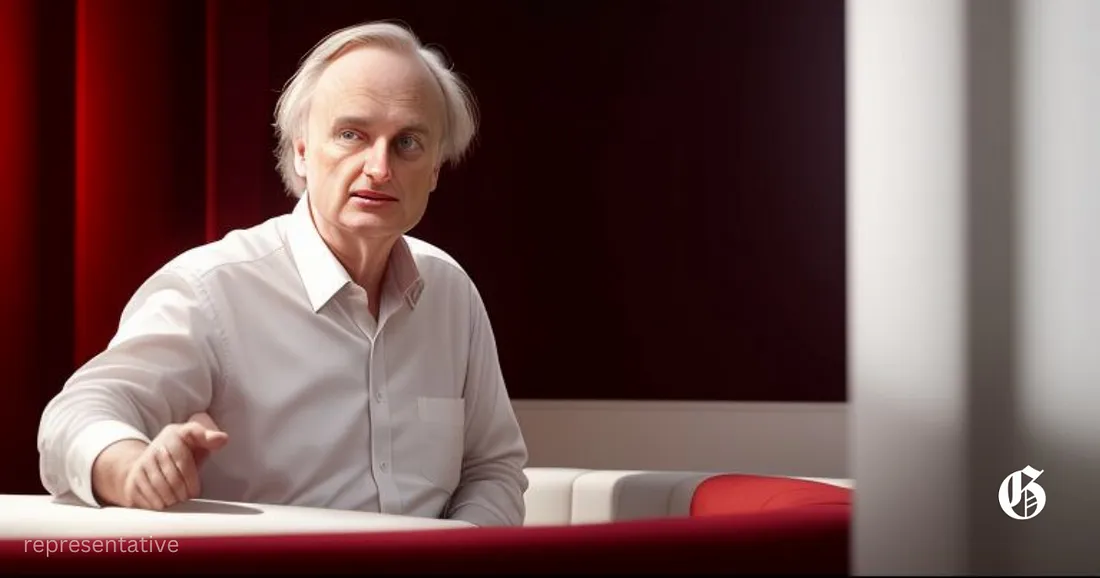The Consolidation of Power: Donald Trump’s Presidency
Donald Trump’s presidency marks a significant moment in American political history, characterized by an unprecedented consolidation of power as the Republican Party assumes control of both the Senate and the House of Representatives. As Trump prepares to enter the White House again, this unified GOP government represents a rare alignment, historically seen only 48 times since the 1858 midterms (The Brookings Institution [1]). Political analysts note that such circumstances often enable swift legislative changes but rarely persist beyond midterm elections.
Trump’s intentions to push through key legislative priorities rapidly reflect the fleeting nature of party dominance in Washington. Political scientist Nolan McCarty emphasizes that presidents in similar positions typically leverage this window to enact significant policies, a strategy that Trump is likely to adopt (McCarty, 2024 [2]).
The Republican Grip on Power
The Republican grip extends beyond Congress to the judiciary. Trump’s previous appointments to the U.S. Supreme Court have established a strong conservative majority, granting him potential support to bypass Congress using executive orders. The court’s conservative slant raises concerns that judicial review of such orders may be less rigorous, thereby expanding executive authority beyond what the Constitution’s framers intended (American Bar Association [3]). Legal experts worry about the implications for issues like immigration, where Trump’s plans for mass deportations and potential reinterpretation of birthright citizenship may find sympathetic ears in the high court.
While Trump’s efforts to circumvent traditional Senate confirmation processes for Cabinet nominees—potentially through recess appointments—may provoke political clashes, he appears undeterred. If successful, this could reshape the balance of power among government branches, testing the resilience of the country’s checks and balances (CNN [4]).
Observers like Princeton’s McCarty caution that the Senate’s role as a check on presidential power will be pivotal. Furthermore, concerns about the Supreme Court potentially bolstering Trump’s executive reach have been raised, particularly regarding issues where conservative rulings could realign legal precedents to favor Republican policies (The Washington Post [5]).
The Impoundment Strategy
As Trump enters his second term, he is poised to expand on policies implemented during his first term, including those emphasizing limited government and states’ rights. One controversial approach he may pursue is known as “impoundment,” which involves withholding funds appropriated by Congress for programs he opposes. This tactic threatens to provoke a significant clash over presidential control over budgetary decisions (ProPublica [6]).
Trump has expressed that he can “choke off the money” to programs he deems unnecessary. Such actions could fundamentally alter Congress’s role in budgetary matters and challenge the constitutional design that grants Congress sole authority over appropriations (The Conversation [7]).
A Shift in Political Dynamics
Trump’s influence over Washington Republicans is growing, as evidenced by his social media posts carrying significant weight in party politics. He has set conditions for Senate Republican leadership races, emphasizing the necessity of recess appointments to ensure timely confirmations of his nominees. This approach could allow for temporary appointments of candidates deemed controversial or unqualified by some senators (Politico [8]).
As Trump consolidates power, he cultivates loyalty among party members who align with his vision. Figures like Elise Stefanik, who initially presented as a moderate Republican but has risen through the ranks by steadfastly supporting Trump, illustrate the type of loyalty valued in his administration.
Conclusion: The Implications of Unchecked Power
Donald Trump’s presidency represents a pivotal moment in American governance where traditional checks and balances are increasingly tested. His approach reflects a broader trend toward consolidating executive power at the expense of legislative oversight and accountability. As he prepares to take office once more with a unified Republican government, it is crucial for citizens and lawmakers alike to remain vigilant against any attempts to undermine democratic principles.
The implications of Trump’s return to power extend beyond domestic policy; they signify a potential shift in how American democracy operates in an increasingly polarized environment. As history has shown, unchecked power can lead to significant consequences not only for governance but also for civil liberties and democratic integrity.
References
- The Brookings Institution - The 2024 Election and the Future of American Democracy (2024).
- McCarty N., “Political Scientist Nolan McCarty Discusses Trump’s Second Term” (2024).
- American Bar Association - The Role of the Judiciary in a Democracy (2023).
- CNN - Trump Thinks Presidents Have Near-Total Power (2024).
- The Washington Post - Trump Supreme Court Justices and Their Influence (2024).
- ProPublica - How Trump Plans to Seize the Power of the Purse From Congress (2024).
- The Conversation - Presidents Often Claim Mandates (2024).
- Politico - Trump Sets Conditions for Senate Leadership Race (2024).















